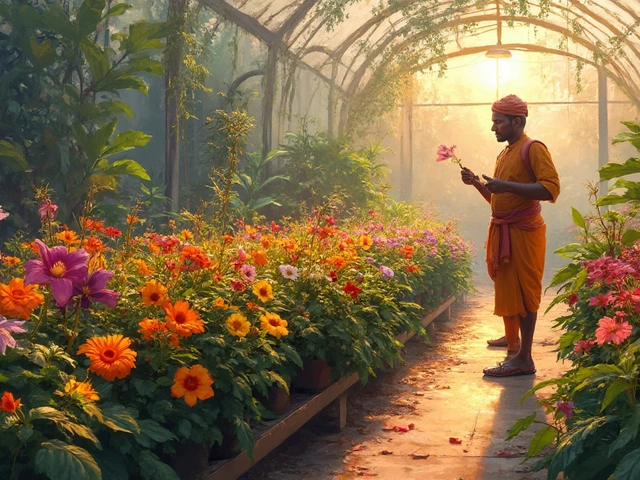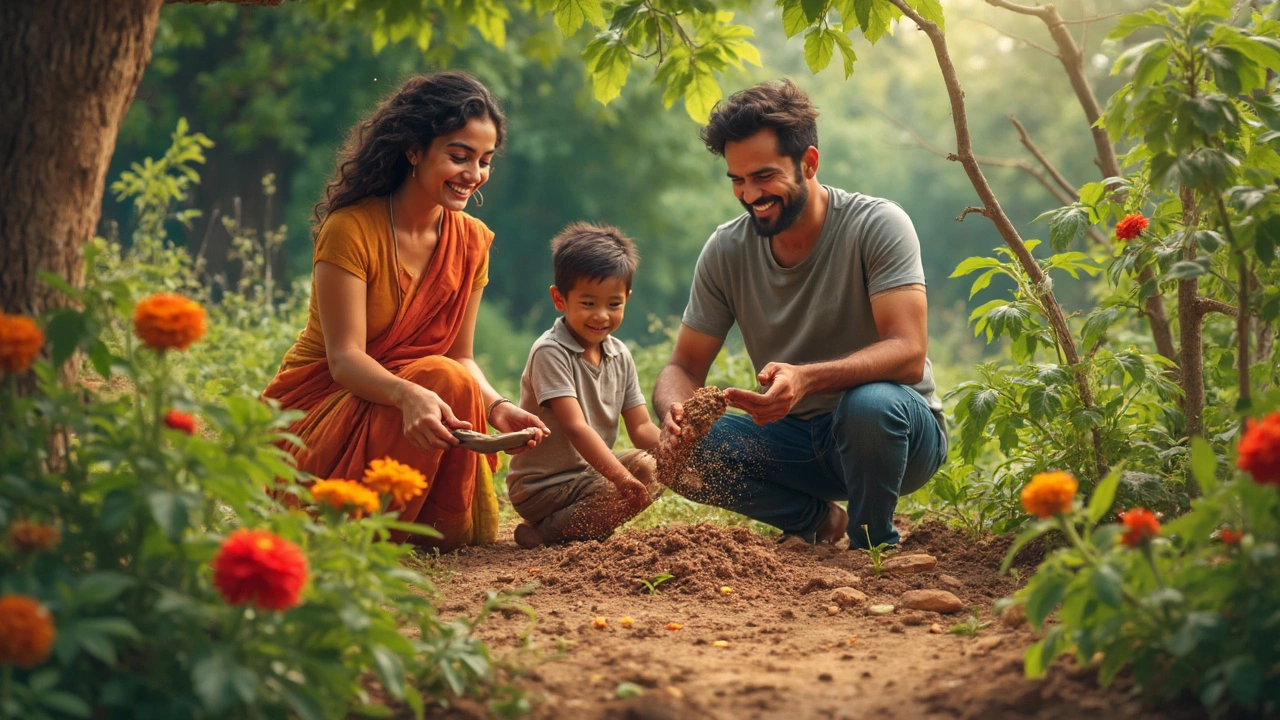DIY Garden Projects: Simple Steps to a Green Space
Want a garden that looks good without hiring pro help? You can start with a few easy DIY projects that any beginner can manage. Grab a shovel, some basic tools, and let’s turn that patch of soil into a living space you’ll love.
Start with Smart Watering
Water is the biggest expense in most gardens, so getting it right saves money and plants. A buried drip irrigation line kept at about 2‑4 inches deep delivers water right to the root zone. Dig a shallow trench, lay the tubing, and cover it gently. This keeps water off the leaves, reduces evaporation, and lets you water less often.
If you’re not ready for a full drip system, use drip tape for raised beds. It’s cheap, easy to lay, and works well for veggies like tomatoes and chillies. Just attach the tape to a timer, and you’ll have consistent moisture without the guesswork.
Boost Growth with Simple Soil Tricks
Heavy, compacted soil often looks fine but can choke roots. Lighten it up by mixing in compost, coarse sand, or even shredded coconut husk. A handful of these additives per square foot improves drainage and gives roots room to breathe.
For indoor plants, the same idea works. Use a well‑draining pot mix and add perlite to keep the soil airy. That way, water moves through quickly, preventing root rot. A quick visual check – if the soil feels soggy after watering, add more perlite next time.
Don’t forget mulching. A thin layer of organic mulch – straw, wood chips, or dry leaves – keeps soil temperature steady, reduces weed growth, and slowly adds nutrients as it breaks down. Spread it around 1‑2 inches thick and you’ll see less water loss and healthier plants.
Now, let’s talk about companion planting. Pairing “sister plants” like basil with tomatoes or marigold with beans naturally repels pests. You get better yields without chemicals, and the garden looks more vibrant.
Vertical gardening is another quick win, especially on balconies. Hang a pocket system or mount a trellis and grow herbs, strawberries, or even dwarf beans. It saves floor space and makes harvesting easy. You can reuse old pallets, plastic bottles, or a simple bamboo frame – nothing fancy needed.
For a zero‑waste touch, experiment with kitchen scraps. Coffee grounds work great for acid‑loving plants like roses, but avoid giving them to leafy greens that don’t like the extra acidity. Fruit peels, when dried, become a natural mulch you can spread around the base of plants.
Lastly, keep an eye on the weather. If a storm is coming, cover young seedlings with a lightweight sheet or old bedsheet. It protects them from strong winds and heavy rain, reducing the chances of breakage.
These DIY steps don’t require a big budget or fancy tools, just a bit of time and curiosity. Start small, watch what works, and add more projects as your confidence grows. Before you know it, you’ll have a garden that’s not only beautiful but also low‑maintenance and sustainable.
Cheapest Way to Amend Garden Soil: Simple Fixes That Actually Work
Looking to make your garden soil better without spending a fortune? This article cuts through the fluff and digs into only the most effective, cheapest methods to boost your soil's health. You'll get tricks that use stuff you probably already have at home or can snag for free. Whether your soil is too sandy or packed like clay, these fixes will help your plants thrive. Bonus: most tips don't even require heavy lifting.
About
Soil Improvement
Latest Posts
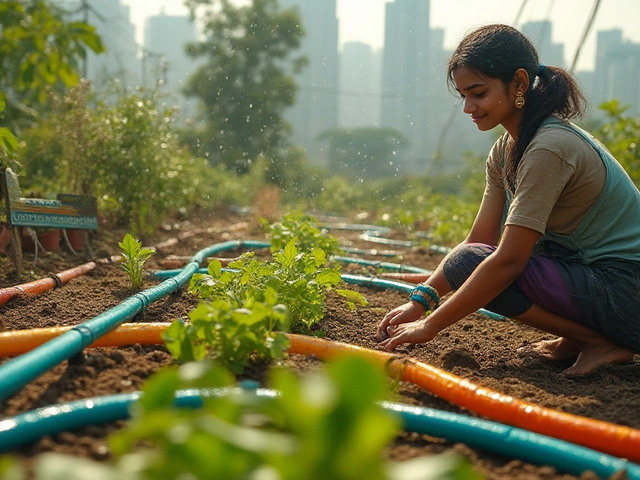
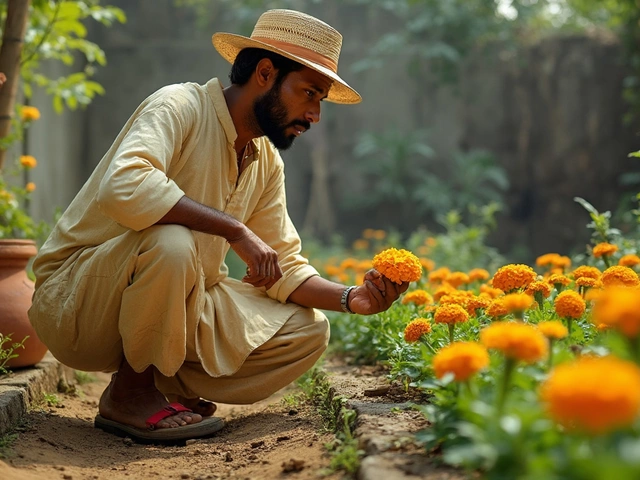
Drip Irrigation: Which Type Really Saves You Money?
By Alden Thorne Jun 23, 2025

How to Waterproof Your Terrace Roof: Essential Tips
By Alden Thorne Apr 11, 2025
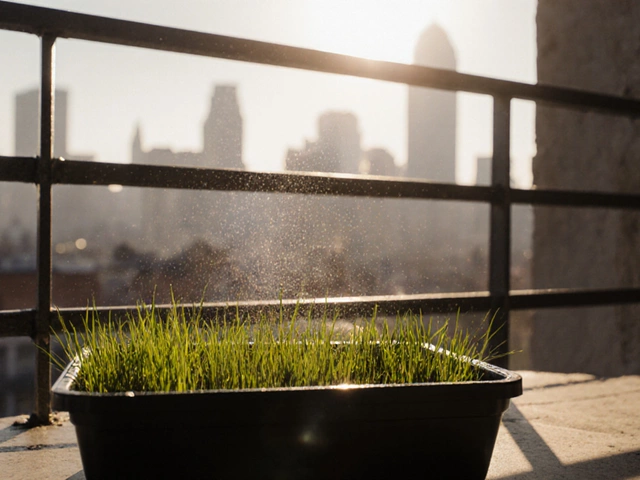
How to Grow Grass on a Balcony: Step-by-Step Guide
By Alden Thorne Oct 9, 2025
